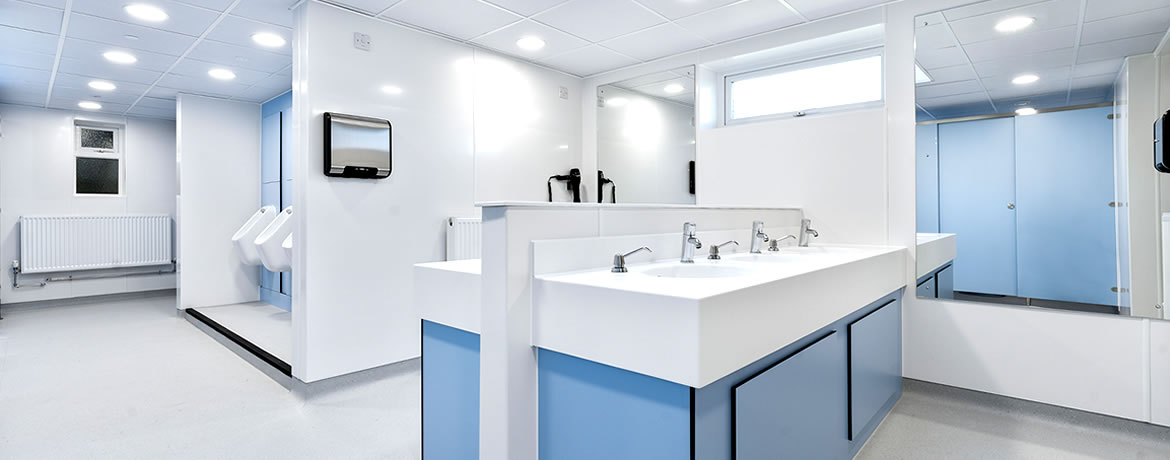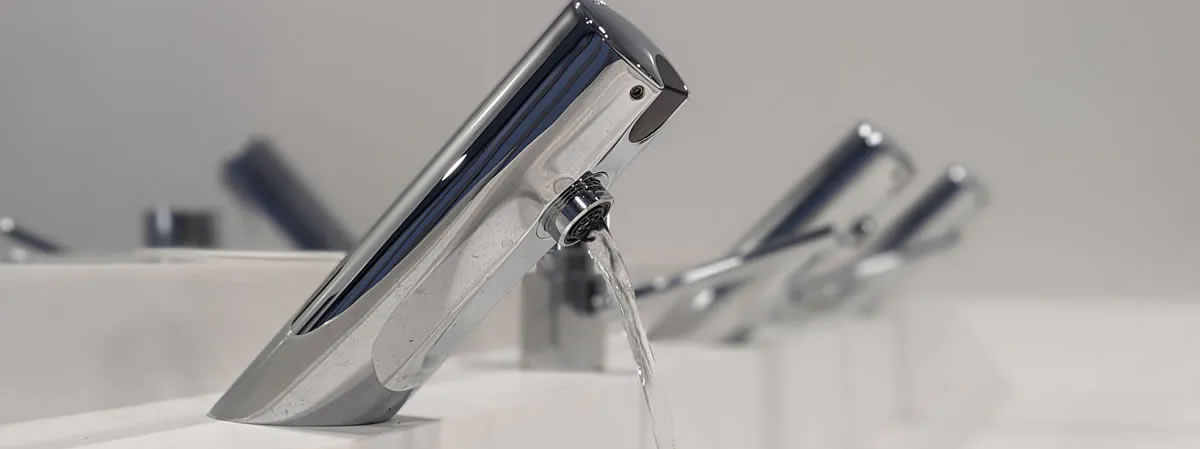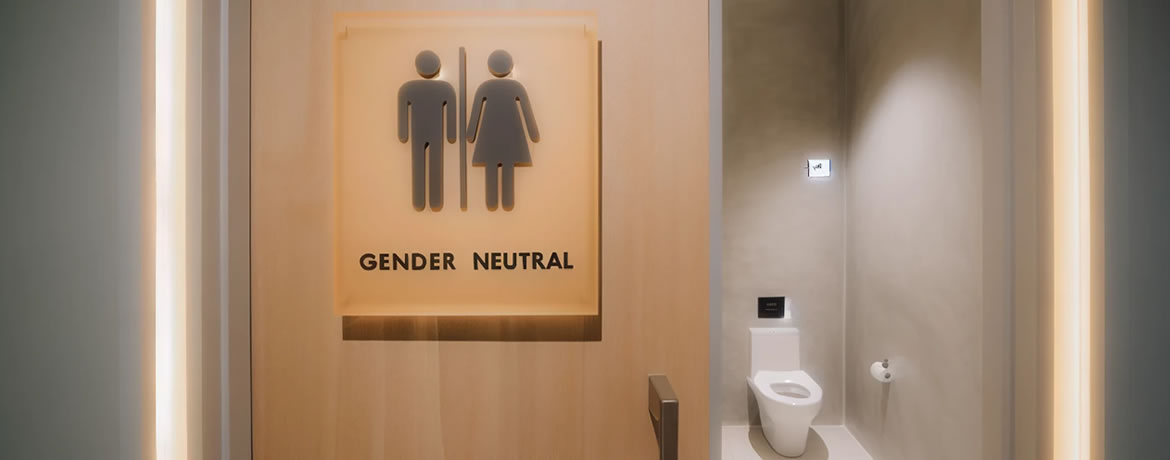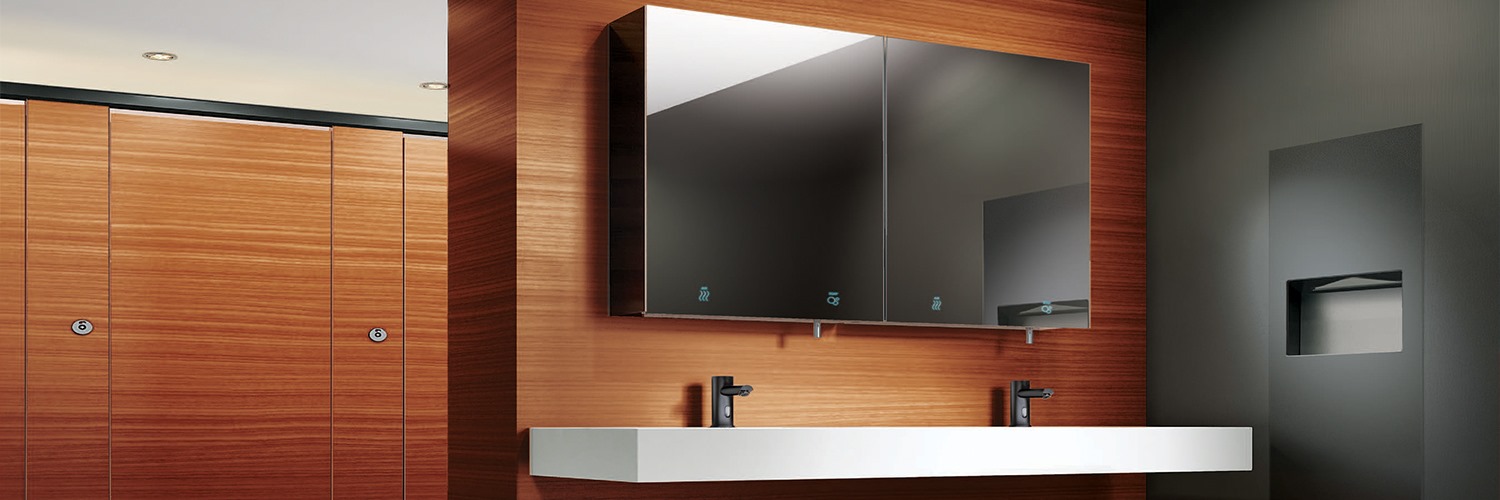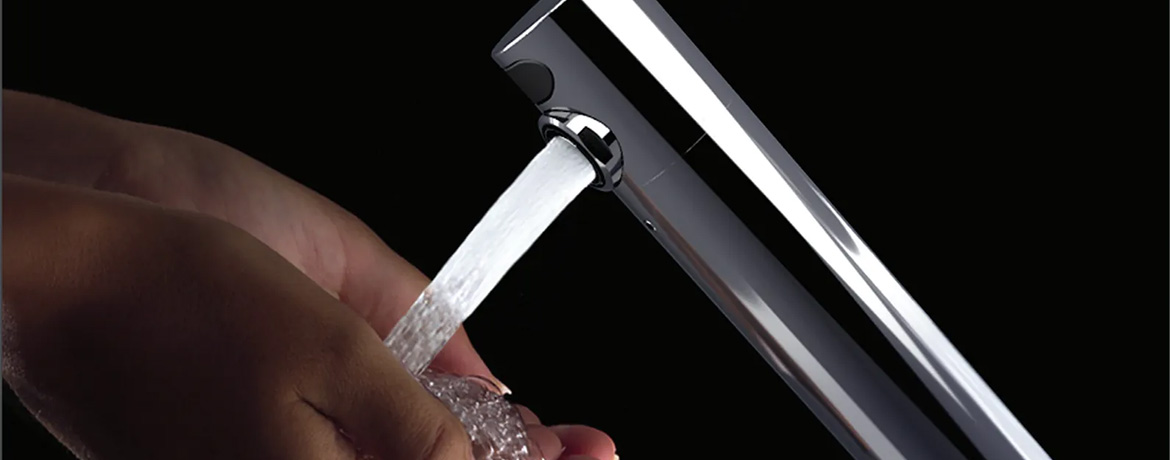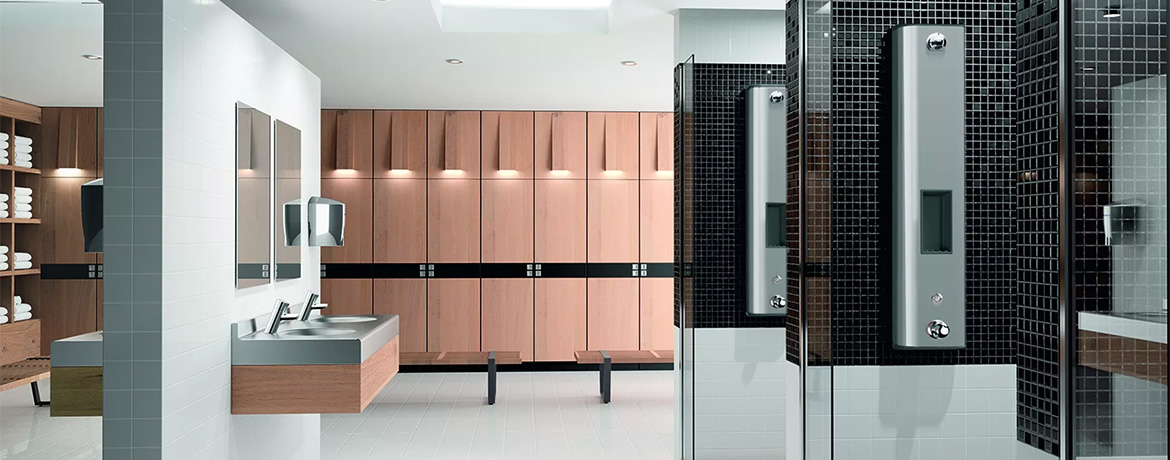The Toilet that uses no water and produces energy from human waste.
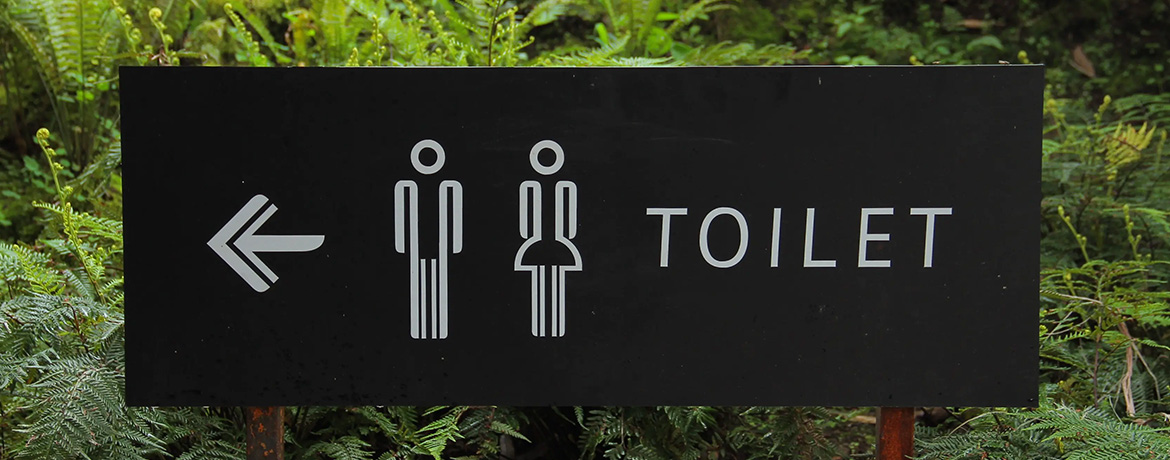
Cranfield University here in the UK have been working since 2012 on the Nano Membrane Toilet. A toilet which is designed to use no water and turns human waste into energy. The ongoing running costs are estimated to be just 5 cents (US) per person per day.
According to the UN, approximately 2.5 billion people have no access to sanitised toilet facilities. Much of this problem lies in India and Sub-Saharan Africa, where clean water is scarce and at a premium, and an estimated 10 million children under five have died from lack of toilets since 2000.
This issue is highlighted every year by World Toilet Day, helping to raise awareness of this lack of sanitation in impoverished regions of the earth. Did you know one in three people around the world still don't have access to a safe and private toilet?
The Nano Membrane Toilet is now receiving financial support from the Bill & Melinda Gates Foundation's Reinvent the Toilet Challenge, and it has already received numerous awards for design and technology.
Much of the toilet is not completely developed yet and can be best described as a concept. But technology should exist in the near future to enable such a toilet to be manufactured.
One such area is the rear compartment where solid waste is expected to be incinerated and turned into ash which can later be disposed of safely. The excess heat from the incineration process being used to generate energy. The researchers hope the system will be able to generate enough energy to charge mobile phones and other small electronic gadgets.
An ideal by-product of an off-grid toilet, since where this toilet will likely have the most benefit water and energy will both be in short supply and expensive. Ghana has been suggested as a possible country to trial the new design this year.
The Nano Membrane Toilet is ingenious as after the user is done using the toilet instead of a typical flushing process, a smell-proof rotating bowl drops the waste into a holding tank below the seat.
A nanotech membrane filters and condenses the water waste that passes through it, giving the toilet its name. The nanotech membrane helps to remove any pathogens from the water. This water vapour is then passed through a channel, with the help of a gas, into a tube of condensing beads that turn the vapour back into pathogen-free liquid.
This untainted water can then be recycled for use in farm irrigation and even household cleaning. As for any solid waste, this falls to the bottom of a tank where a battery-powered Archimedes' screw drops the waste into a second back compartment where it is incinerated and turned into ash energy. Although as mentioned this part of the toilet is not 100 percent developed yet.
Other commentators, however, have pointed out that it's unclear what happens to the toilet paper. However many people around the world, including those living in India and Sub-Saharan Africa where this product is intended to be used, do not use toilet paper, instead preferring to wash with water.
As always, our team are at the end of the telephone for all your queries and questions and have a wealth of knowledge they’re happy to share with you. So if you need some guidance, or would like to talk over your options, you can give them a call on 01202 650900.
Got a question? Get in touch

